
Rock West Racing's RW Speedster
By Steve Temple - Photos by Eliot Gormican and Steve Temple
What kind of car do you choose after owning a ‘40 Ford and a British MGTC? In the case of Jim Campbell, a replica of a Porsche 356 Speedster. Why such diverse tastes? Well, he’s piloted private aircraft and ridden many motorcycles, so performance handling is a priority.
“I like German cars, particularly the 356, because it’s agile; it goes where you point it,” he says. But it’s not just any 356, as Rock West Racing’s repro improves on the original’s chassis in several significant ways. First, though, here’s a bit of history on the Speedster.
Alternative rocker
The 356 design dates back to 1948, and by the early 1950s it captured the interest of performance enthusiasts for its spirited handling. A class win at LeMans in 1951 further enhanced its appeal as a dual-purpose car that was equally adept on public roads and competition tracks.
The design of the 356 was dramatically different from the heavy Detroit sedans of the era. Peppy power in a small, lightweight car made it much more tossable and carefree for top-down motoring. (While four different versions were offered, collectors generally prefer the open-top 356 Speedster that was introduced in 1954.) No surprise, then, that production of the 356 continued until 1965 — even after the replacement Porsche 911 debuted in 1963!
Covering a classic
As noted at the outset, Rock West Racing not only emulates this iconic car with its RW Speedster, but also enhances it with a number of significant improvements. Rather than using a shortened VW pan, the main foundation consists of welded 2- by 3-inch steel box tubing with a .125-inch wall thickness, plus additional round tubing to support the rear section of the body. The chassis does include a small portion of an original VW torsion tube stamped with a factory VIN, in order to simplify registering the car for the street.
The RW Speedster’s fiberglass body is bonded with the frame in the mold using adhesive and resin, and mechanically fastened as well. The body-to-chassis adhesive is a two-part methacrylate that adheres to both composites and metals, yet has sufficient flexibility to handle stresses from high heat and vibration. Once the body/frame assembly is removed from the mold, an additional bulkhead rear crossmember is added to ensure correct alignment and a proper chassis stance.
As for the suspension, instead of an old-school VW beam axle, Rock West installed a modern unit from Eyeball Engineering that has tubular A-arms and coil-over shocks. Bringing up the rear is an independent suspension, fitted with new bushings and bearings. Disc brakes are mounted at all four corners.
While potential engine applications ranges from a VW Type 1 to a Porsche 911, Campbell went with a 2.5-liter Subaru from Outfront Motorsports. Since it’s a streetable flat-four, with just a bit of porting and polishing, extra cooling fans weren’t required. It’s backed by a VW-based, Pro Street transaxle from Rancho Performance with a taller fourth gear.
Taking the stage
Since Jim and wife Katherine have just taken delivery, they haven’t been able to wring out the car on a long road trip, but they did show it off at a recent Concours event in Las Vegas. Spectators were actually more interested in this replica than the original classic cars on display. That was in part due to custom touches such as Polar Silver paint — a modern Porsche color in line with Rock West’s updated design. Other highlights include the fuel-fill in the center of the hood and chrome moly roll bars. There’s also a custom cockpit treatment from Armando’s Upholstery with a collapsible convertible top that tucks away neatly, eliminating the bulky look of the original’s setup.
All told, this rock star keeps the classic looks, but brings it forward with some innovative updates. After all, there’s no need to keep playing the same old tunes when you have some fresh inspiration.

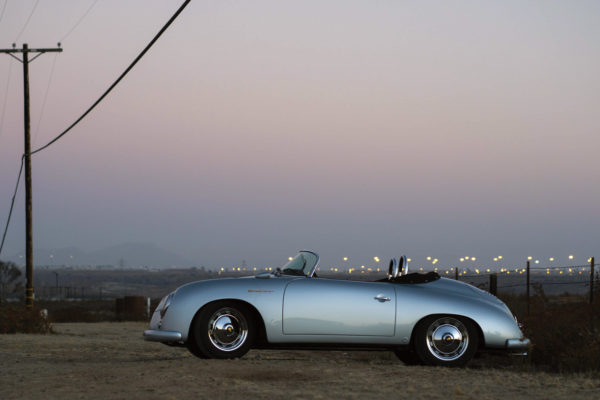
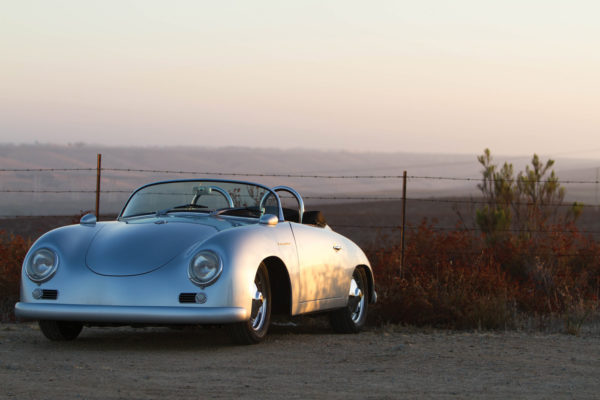
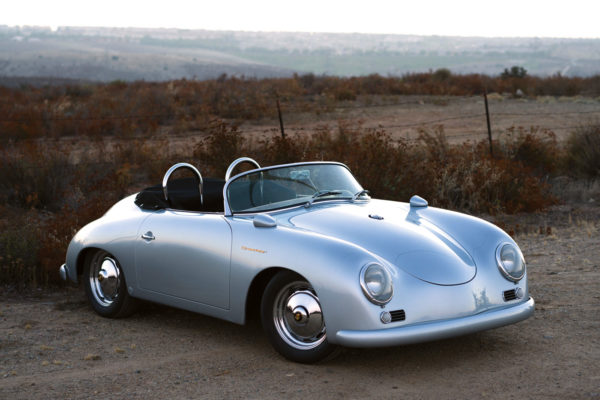
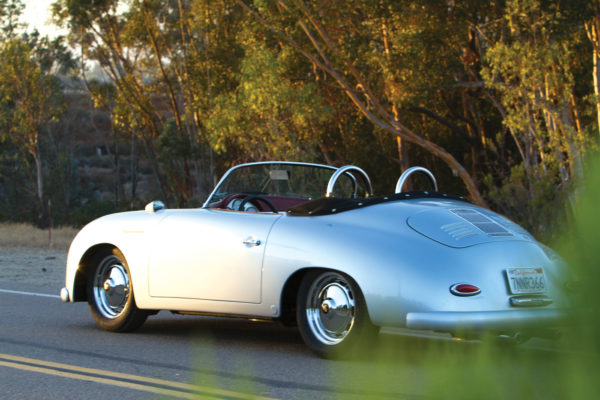
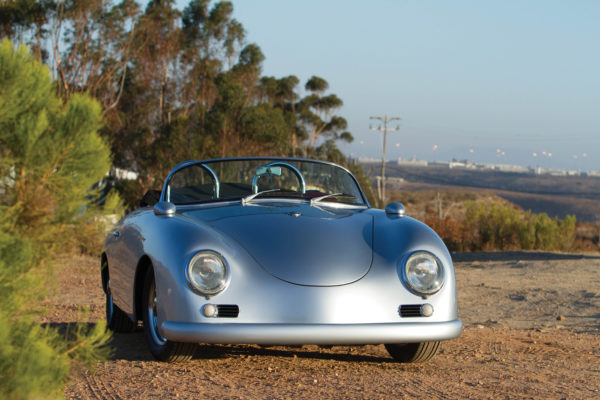
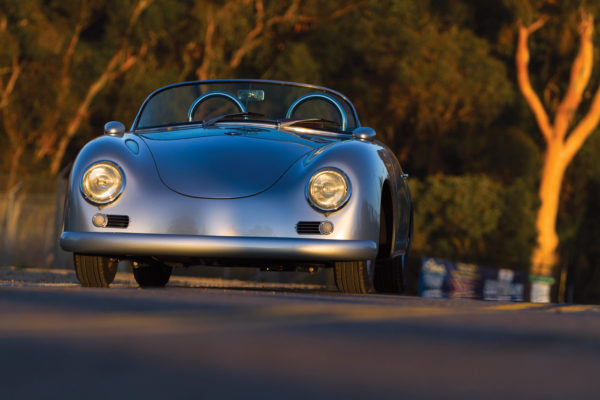
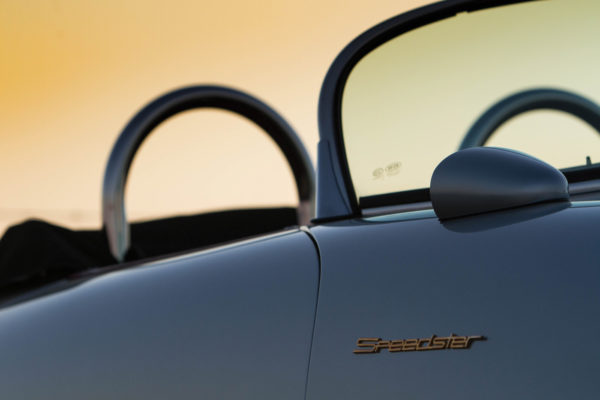
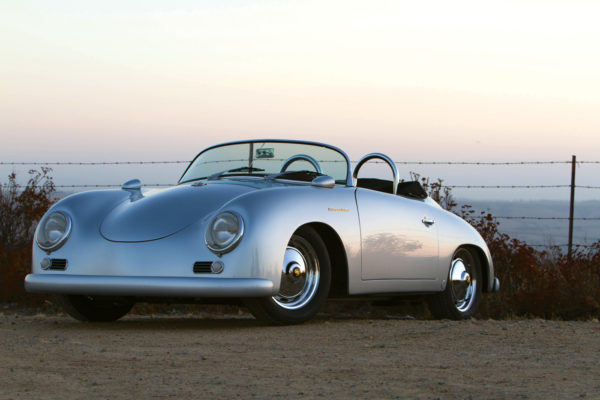
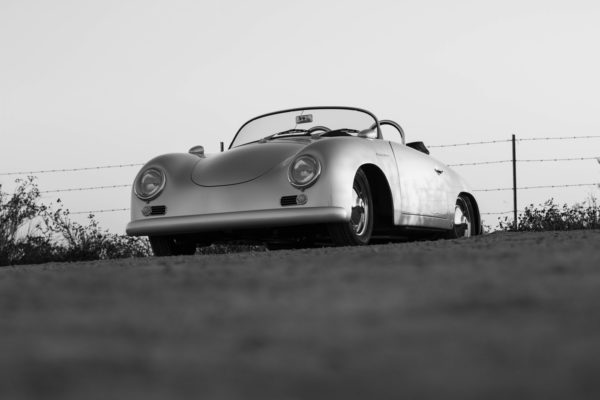
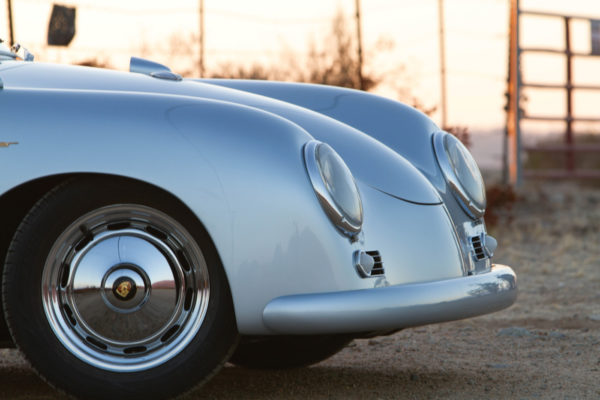
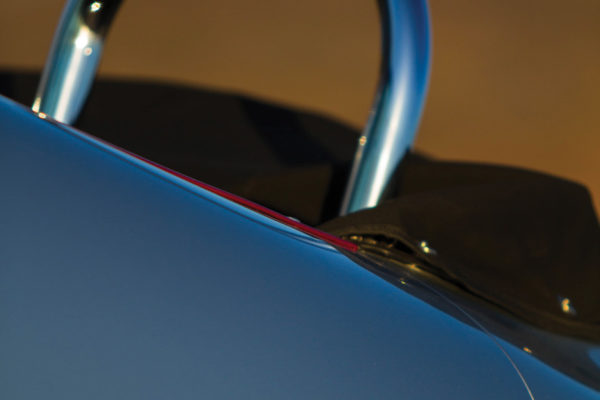
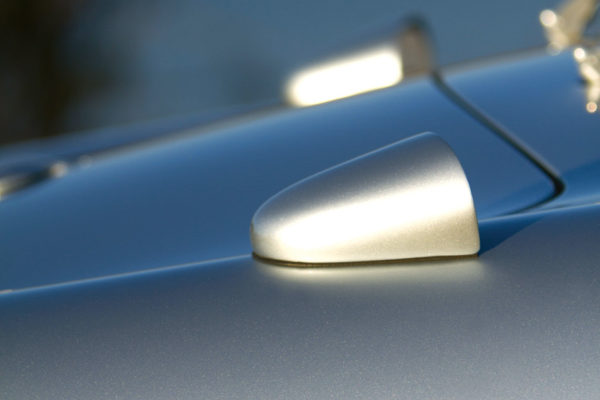
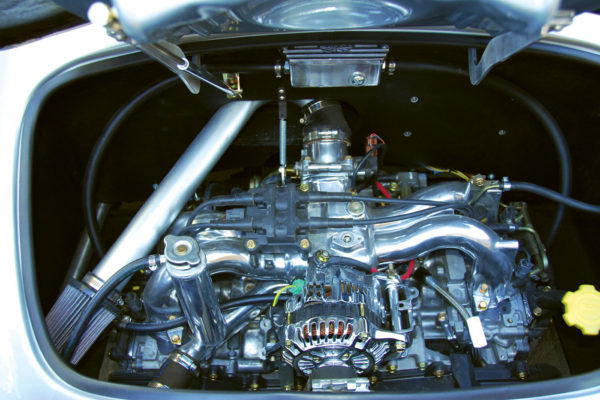
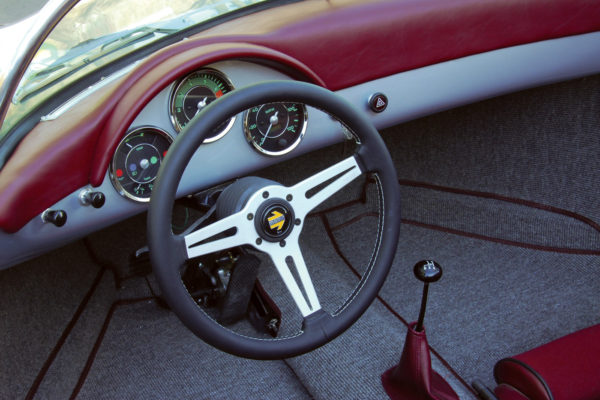
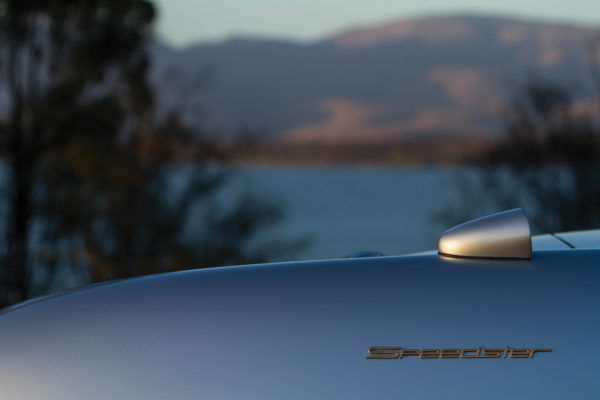
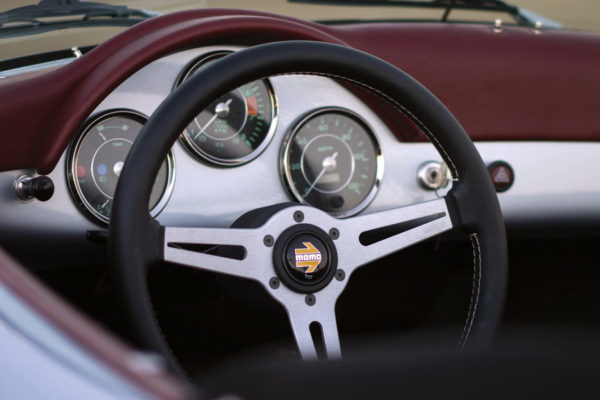
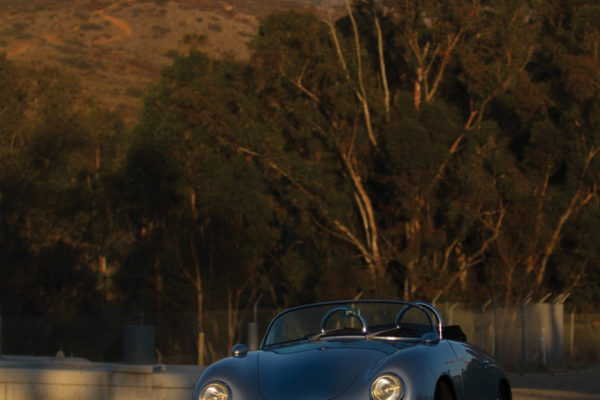
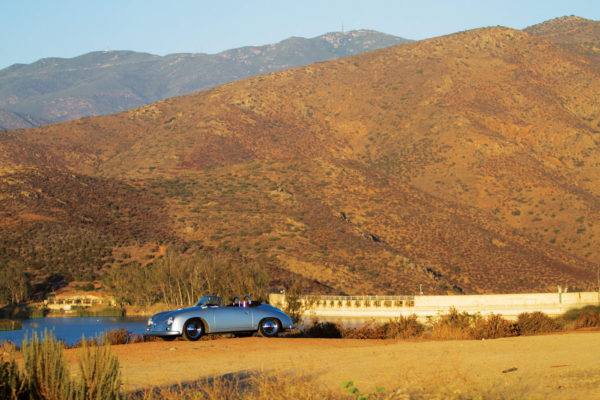
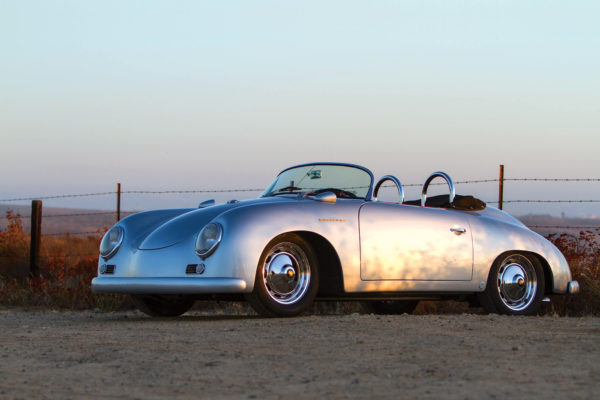
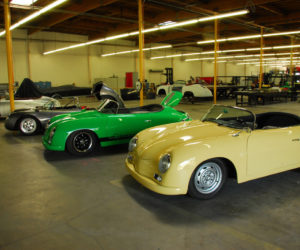
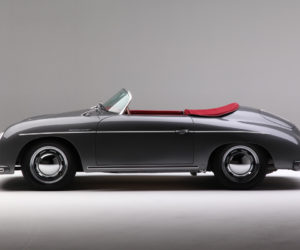
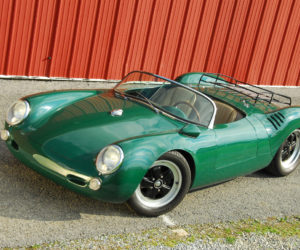
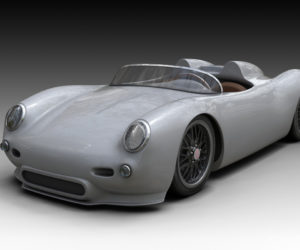
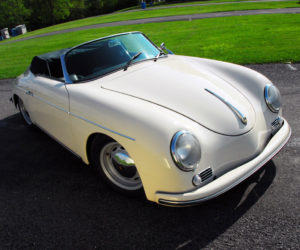
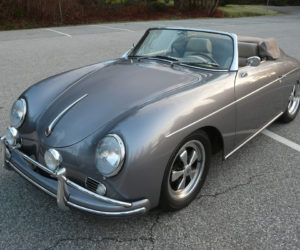




Comments for: Rock Star
comments powered by Disqus